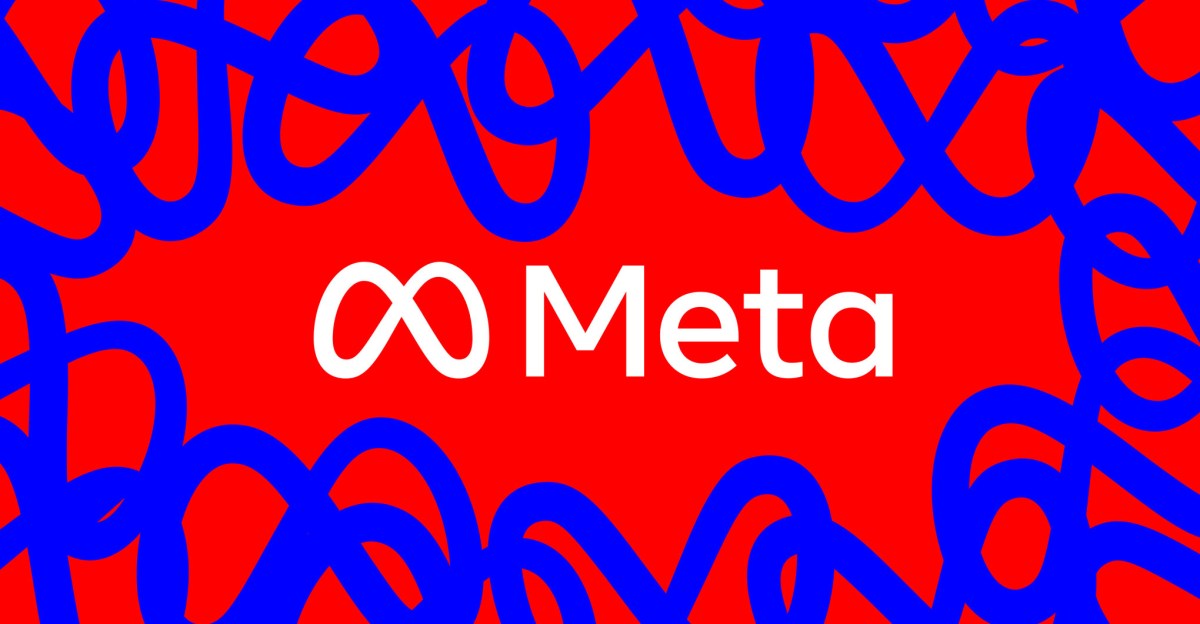Meta AI Introduces Two New Models Alongside the Release of Llama 4

Introduction to Meta’s Llama 4 AI Models
Meta recently unveiled Llama 4, its latest series of artificial intelligence models that enhance the capabilities of its platforms, including web interactions and messaging services like WhatsApp, Messenger, and Instagram Direct. This new collection includes two primary models: Llama 4 Scout and Llama 4 Maverick, with a promising third model, Llama 4 Behemoth, currently in development.
Overview of Llama 4 Models
Llama 4 Scout
The Llama 4 Scout is a compact model designed to fit seamlessly on a single Nvidia H100 GPU. It boasts a remarkable context window of 10 million tokens, which serves as the AI model’s memory for handling tasks. According to Meta, Scout significantly outperforms competitor models such as Google’s Gemini 3 and Gemini 2.0 Flash-Lite, along with the open-source Mistral 3.1, across various recognized benchmarks.
Llama 4 Maverick
In addition to the Scout, the Llama 4 Maverick enhances AI capabilities further. It is being compared to well-known models from other companies, such as OpenAI’s GPT-4o and Google’s Gemini 2.0 Flash. Meta claims that Maverick delivers results in coding and reasoning tasks that are competitive with DeepSeek-V3 while utilizing substantially fewer active parameters, showcasing efficiency in performance without compromising quality.
Introduction of Llama 4 Behemoth
Currently in training, the Llama 4 Behemoth is expected to be a game-changer in AI performance. It features an impressive total of 2 trillion parameters, with 288 billion active parameters dedicated to its operation. Meta asserts that this model outshines competitors such as GPT-4.5 and Claude Sonnet 3.7, especially in science, technology, engineering, and mathematics (STEM) tests.
Innovative Architectural Approaches
Meta has adopted a "mixture of experts" (MoE) model for Llama 4, which smartly allocates resources by activating only the required segments of the model for specific tasks. This approach not only optimizes efficiency but also enhances the overall performance of the AI models.
The Licensing Debate
Despite positioning its Llama 4 models as "open-source," Meta faces criticism concerning the restrictive nature of its licensing requirements. Businesses with over 700 million monthly active users are mandated to seek permission from Meta before utilizing these models. The Open Source Initiative has raised concerns, suggesting that such terms disqualify Llama 4 from being genuinely "open-source." This dual approach reflects a balancing act between innovation and control, sparking debates within the tech community.
Upcoming Events and Future Directions
Meta is set to reveal more about its upcoming AI models and innovations during the LlamaCon event scheduled for April 29th. The event is anticipated to provide insights into the company’s strategy for advancing AI technology and its integration into various platforms.
Key Takeaways
- Llama 4 Release: Meta has launched Llama 4, enhancing its AI capabilities across several platforms.
- Model Comparisons: Scout and Maverick surpass competitors like Google and OpenAI in various tasks while maintaining efficiency.
- Behemoth’s Potential: The upcoming Behemoth model is projected to lead in performance metrics.
- MoE Architecture: The incorporation of a mixture of experts approach signifies a major step in AI resource management.
- Licensing Concerns: Meta’s licensing strategy raises questions about the true openness of its AI models, which is under scrutiny.
Meta’s advancements through the Llama 4 collection demonstrate significant strides in AI capabilities while also prompting important conversations about access and licensing in the burgeoning field of artificial intelligence.






